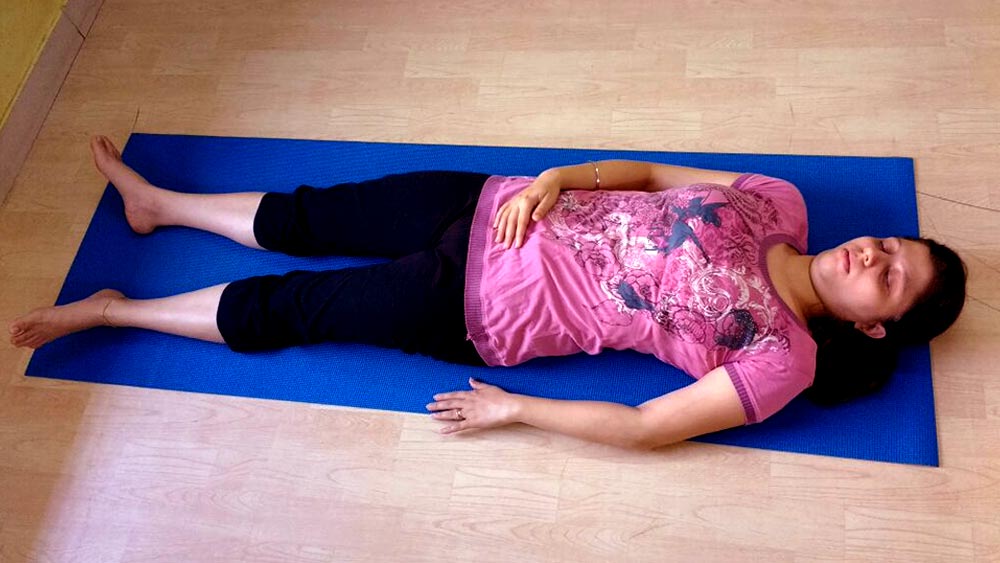Table of Contents
Simple Stress Management Techniques
Tension or stress has become a part of today’s life. One cannot escape it but by being aware of it, one can manage it and make life easier by coping with stress. The yogic philosophy enumerates three basic types of tensions or stress which are responsible for all the agonies of modern life – Physical stress, mental stress and emotional stress. Heart has to bear all the brunt. Three simple stress management techniques described in this post will help learn how to manage stress to practitioner.
Stress has been accepted as a soft risk factor which aggravates the level of blood pressure, sugar and cholesterol which are bad for heart. A person who is always in a hurry, who wants to get ahead in every sphere, who is a workaholic, is an individual who embraces tension and is more prone to heart disease. It is essential for such a person to change himself. If he is a person who has had a heart attack or undergone by-pass surgery then to change him becomes still important. The process of change is very tough and Yoga can help most in such cases. Yoga will show the way to how to relieve the stress also.
The three simple relaxation techniques given hereunder can help best to such people and the virtue of these techniques is that they can be done anywhere, anytime without straining the practitioner either physically or mentally.
How To Relieve Stress – Diaphragmatic Breathing
Lie down flat on the back in Savasana. Relax all the muscles from top of the head to the tip of the toes. Close the eyes and become aware of the natural and spontaneous breathing process. Feel the flow of breath in the nose. Focus on the cool air flowing in through the nostrils and the warm air flowing out of the nostrils. Do not strain. Place one hand on the abdomen and close the eyes. Get ready for diaphragmatic breathing.
When inhaling let the abdomen expand and when exhaling allow the hand and abdomen go down. Do this a few times. Now start counting backwards from 54 to 1. When the navel goes up count 54, then let it come down. When again the navel goes up count 53, then again let the navel come down. Continue till the counting reaches 1.
How To Relieve Stress – Physical Relaxation Technique
Lie flat on a mattress. Prop up the legs about 18 inches from the ground with a stiff cushion under the knees, and let every muscle go flop. A cushion under the head, if lying on the mattress, will relax the neck muscles. Close the eyes gently. Become aware of the whole body lying relaxed on the mattress. Simply develop an idea that the breath rate is getting slower, it is getting deeper and calmer. The idea of propping up the legs is to make the spine lie flat and to cool the feet by letting the blood run away from them, relieving burden of heart. After a few minutes start counting the breaths, i.e. when you inhale count 1 in, when you exhale, 1 out. Count up to 54. Make no errors in the counting, if you do, start again.
How To Relieve Stress – Importance Of Resolution
Lie in Savasana and close the eyes. Become aware of the body from top of the head to the tip of the toes. Ensure that there is no obstruction in the comfort of the body. Make a resolution mentally and repeat it three times. The resolution may be “I will achieve a total health”, or any resolution which is short, simple and positive. Become aware of the natural and spontaneous breathing process. Become aware of the movement of navel. When the navel goes up count 54, then let it come down. When again the navel goes up count 53, then again let the navel come down. Continue till the counting reaches 1.
These Three Simple Stress Management Techniques help an individual (a heart patient) to reduce stress by focusing on the breathing and concentrating on the counting. For a few minutes the body is allowed to perform its normal functions like respiration, circulation and digestion without getting messages from the sympathetic nervous system. The parasympathetic system which is concerned with relaxation, takes over. These stress management techniques increase the practitioner’s level of awareness and he becomes conscious of the harmful feelings, which are often unreasonable. He add more years to his life as his heart is relieved of stress and is adapted to function better in an healthy environment.


